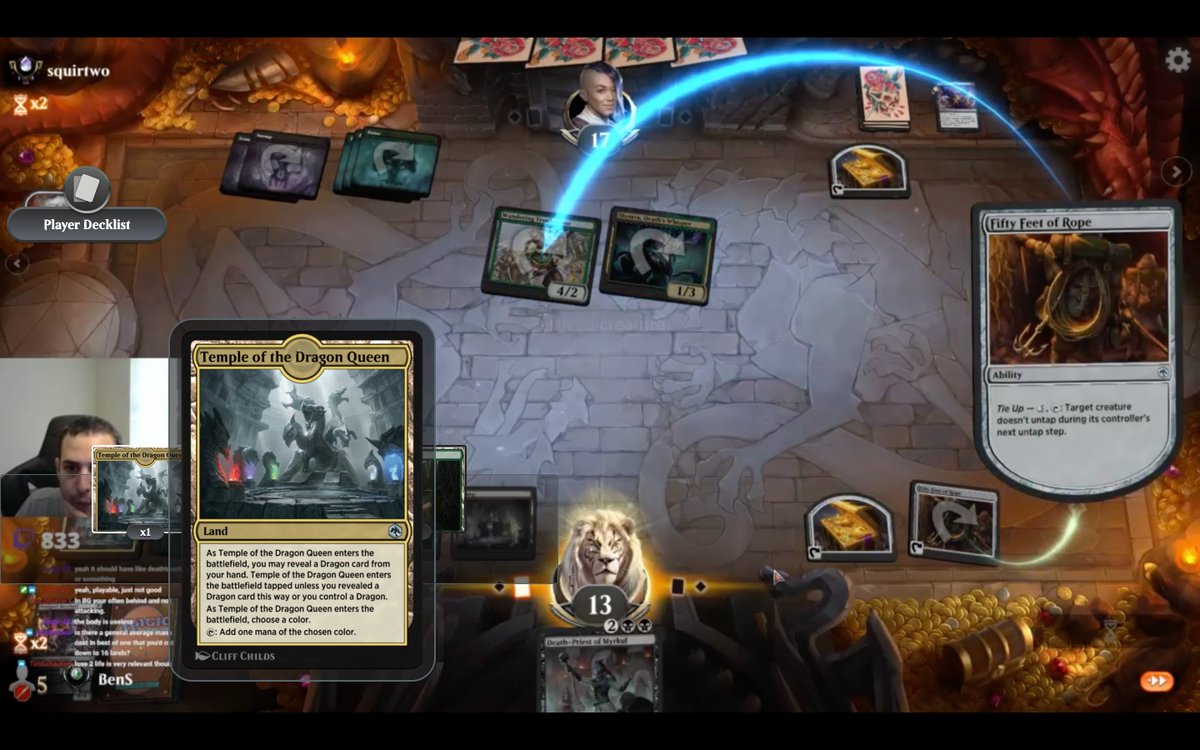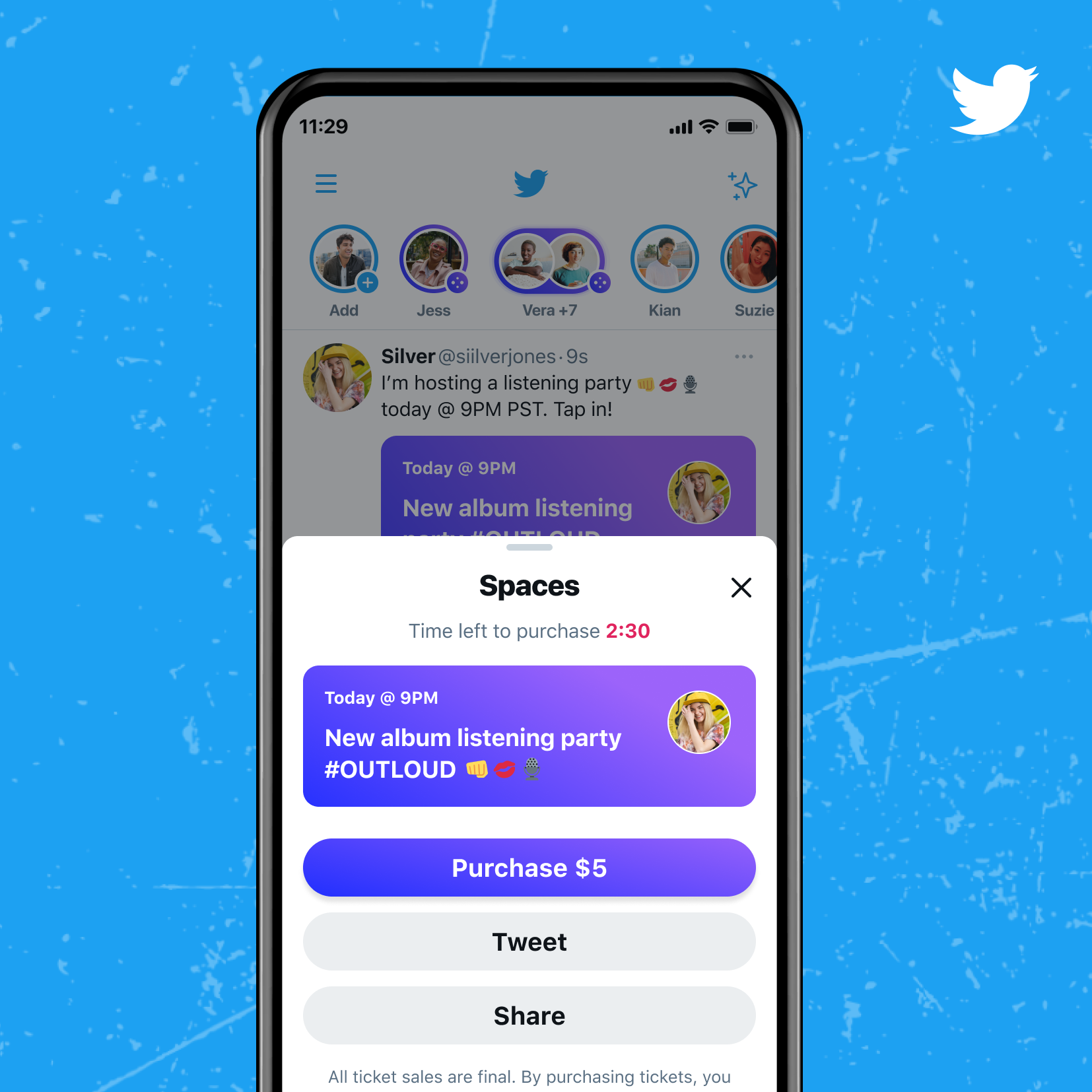




And when you do respond, do so with a real person providing genuine assistance. Don't offer service via an instant medium if you answer in snail-mail time. I realize that may not be realistic for every organization, but protracted response times - two or three days, or a week, or never - are unacceptable. The standard at my company is from immediate to one hour, max, during business hours, and it's very rare that we miss that target. I question any company that considers "timely" to be anything beyond one business day. Email: If you invite customers to contact you by email, you have an obligation to respond in a timely fashion.All companies that charge for a product or service should offer phone support, and all should make it fast and easy to reach a real person, authorized to help and interested in doing so. The reason is obvious: It's one live person's voice, speaking directly with another (despite the grief often involved in connecting with that live person), in real time. Telephone: Even with the almost clichéd horror stories of phone support, as the test showed, on balance it still yields the best results.So where are we? Here are the five most popular communication tools and what I feel are the promises, guidelines and practices that each demands: And the above test bore this out, saying "despite some breathless media reports of a Twitter-driven customer support revolution, we aren't there quite yet." Can you answer a customer in 140 characters or less? Perhaps, for very simple questions. Even if that puts me in a minority, I maintain that it has no place in customer service.


 0 kommentar(er)
0 kommentar(er)
